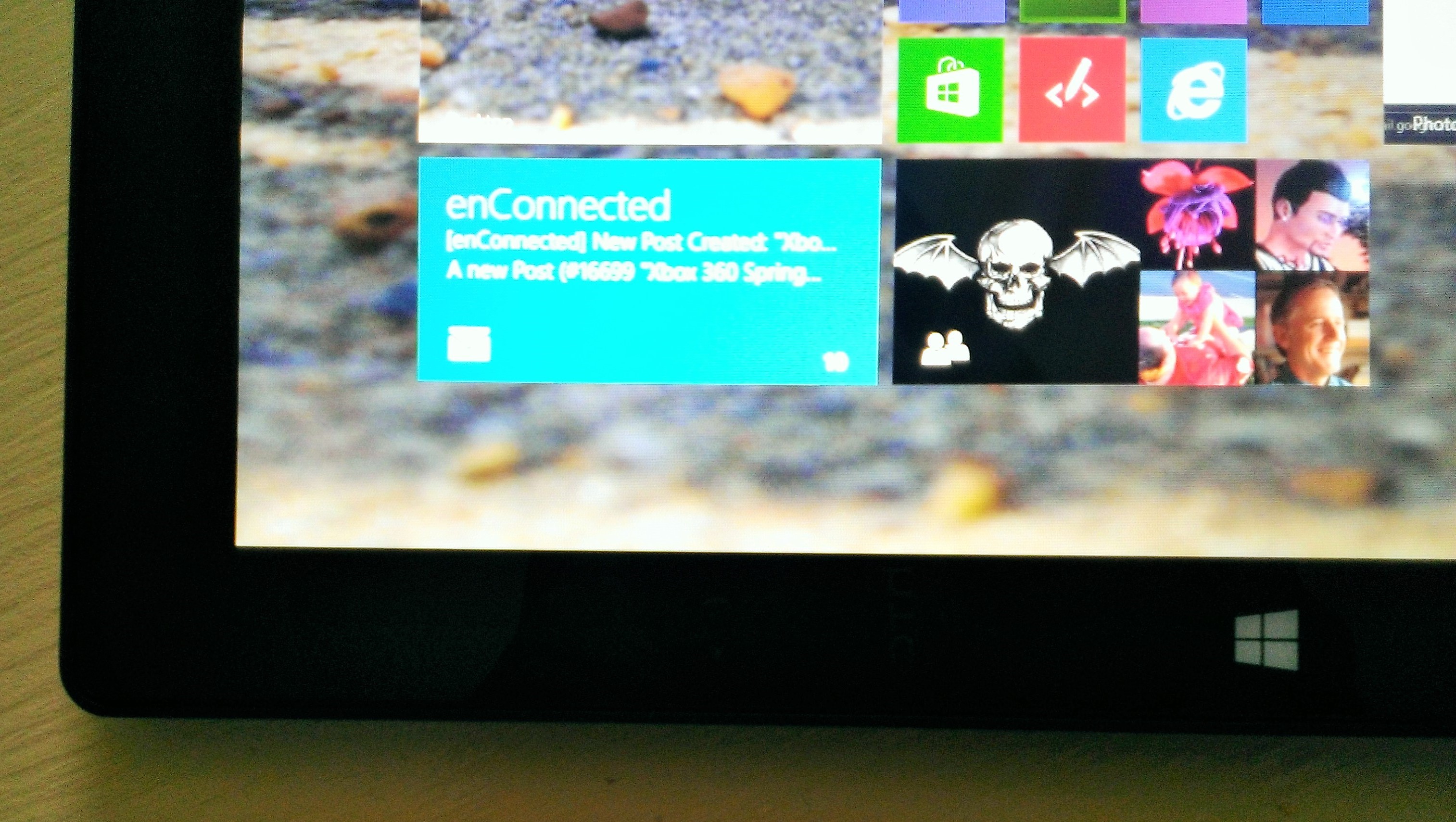Microsoft’s announcement that its earnings had been greatly impacted by the amount of Surface RT devices sitting in warehouses was the announcement heard around the world. As one might expect, there wasn’t a shortage of people calling the Surface RT – that is the tablet that runs Microsoft’s Windows RT operating system – is a failure.
They are wrong. Ok, really they are only sort of wrong. After all, the Surface RT could be selling as well as well as pediatric pacifiers, and writing down its stock by $900 million would still be seen as pretty rough.
You see, the Surface RT might not be the device we need now, but it sure is the device we deserve. Purchasing the Surface RT last weekend has only confirmed my belief that these types of devices, chameleons that can adapt to what we need them to be, when we want, are the future.
Do you need to get some writing done? Add a Bluetooth mouse and keyboard to your desk or purchase a Touch or Type Keyboard accessory. Need an e-book reader? Add a Kindle application, fold back the cover and enjoy the latest Star Trek relaunch novel. The Surface RT can be anything you want. It’s a device, running Windows, with a full-sized USB port and all the drivers that come along with it.
The people who question the existence of the Surface RT and Windows RT tend to believe that Microsoft should cede the tablet space to devices created by Apple. That’s short-sighted. That anyone would urge a company whose very survival is on the line to do nothing, amazes me. The Surface RT and Windows RT are built for devices that simply can’t exist in the Windows device ecosystem.
Windows 8 powered tablets with Intel processors have become cheap, but they aren’t exactly impulse buy cheap, no matter what “industry watchers” might think. Those devices that are cheap ship with Intel Atom processors, chipsets that do allow the device to run desktop applications, but cost more, run hotter and aren’t nearly as quiet as Windows RT powered devices.
… simply thinking that Windows 8 and the Surface Pro should be Microsoft’s only direct answer to the iPad is wrong-headed.
The Surface RT and Windows RT are simply realities of the market. You can’t simply wave your hands whimsically and make Windows 8’s x64 architecture mobile friendly. PCs with Intel processors run hotter, have less battery life and aren’t as thin. Either you want a competitive device from Microsoft that adapts to the iPad form factor or you don’t. Either you want a true-to-form Windows tablet or you don’t. Regardless of either, simply thinking that Windows 8 and the Surface Pro should be Microsoft’s only direct answer to the iPad is wrong-headed.
You wouldn’t send a Nissan Titan to race against a European sports car. That’s the reason the Surface RT exists. To attack the iPad menace on its own turf.
All that being said, the Surface RT might be necessary, but artificially restricting developers from being able to release recompiled version of their apps on the desktop is, well questionable at this point. A dearth of big-name applications on Windows RT is an issue, and it is definitely not helped by some of the restrictions that Microsoft has placed on applications sold in the Windows Store. This past month, Windows RT finally got its first native Bit Torrent client. The reason it took so long wasn’t because people weren’t interested. It was because the Windows application platform is so specific on what it allows.
For example, background tasks. Unfortunately, that new BitTorrent client actually has to remain open to continue downloads.
If you ask me, that’s the core issue here. Is the Windows RT platform too restrictive for application developers? Windows RT could have a ton of applications, but if they are all half-ass no one would care.
The Surface RT is a device. It looks good, it feels good and it attracts attention. What we should be questioning is what Microsoft has done to the things people care about in Windows RT, not the hardware.
